Do you have a question about the Samsung UN50DU8000F and is the answer not in the manual?
Details on establishing wired (LAN) and wireless network connections.
Learn to access apps, games, movies, and more via Smart Hub.
Explains the layout and features of the TV's Home Screen.
Access the embedded user manual for TV features and functions.
Connect and control various smart devices in the same space.
Use Bixby voice assistant to control the TV with voice commands.
Control game settings and enhance gaming experience.
See program schedules and detailed information for all TV channels.
Record current or upcoming programs using a connected USB device.
Configure the TV to show specific channels or programs at set times.
Watch missed scenes and rewind programs using the Time Shift feature.
Optimize viewing experience by analyzing surroundings, noise, and content.
Change picture modes and adjust expert settings for optimal picture quality.
Adjust brightness, contrast, sharpness, color, and other advanced picture settings.
Optimize TV settings for specific video formats, especially gaming.
Customize sound quality with various modes and expert settings.
Configure sound settings for the TV, including speaker selection.
View software version and update TV software for latest features and security.
Configure functions to assist users with visual or hearing impairments.
Change settings for voice assistants like Bixby or Amazon Alexa.
Reset all TV settings to their original factory defaults.
Solutions for common problems related to the TV picture display.
Solutions for the TV turning off unexpectedly due to timer or power saving features.
Steps to resolve issues with the TV not powering on, checking connections and remote.
Solutions for sound problems, no sound, low volume, or unusual noises.
Troubleshoot no sound or low volume by checking TV and external device volume.
Troubleshoot sound issues when picture is fine by checking Sound Output settings.
Troubleshoot problems with TV channels, broadcasts, and signal reception.
Troubleshoot signal reception issues and channel finding problems.
Troubleshoot connection problems with external devices like PCs, consoles, and mobile devices.
Troubleshoot problems connecting the TV to the network (wireless and wired).
Resolve wireless network connection failures by checking router and TV settings.
Troubleshoot Anynet+ (HDMI-CEC) functionality and device display.
Troubleshoot Anynet+ not working or connected device not displaying by checking settings.
Troubleshoot problems with the remote control not working or responding slowly.
Solutions for a non-working remote control, checking battery and pairing.
Troubleshoot problems with Timeshift or recording functions.
Resolve issues where Timeshift or recording is unavailable due to storage or signal.
Troubleshoot issues with apps not found, not working, or having language problems.
Troubleshoot problems with voice assistants like Bixby and Alexa.
Troubleshoot voice command recognition accuracy and functionality.
Diagnose TV operational issues and run self-diagnosis tests.
Check product modules, sensors, and configure Smart Hub reset.
Reset all Smart Hub settings to factory defaults, including accounts and applications.
Request service for encountered TV problems by selecting the issue and providing details.
Access and use various accessibility functions via the menu.
Use voice guide to aid visually impaired users by announcing menu options and actions.
Record programs to an external hard drive connected via USB.
Access apps, games, movies, and more through the Smart Hub interface.
Use Bixby voice assistant to control the TV with voice commands.
| Screen Size | 50 inches |
|---|---|
| Display Technology | LED |
| Smart TV | Yes |
| Audio Output | 20W |
| HDMI Ports | 3 |
| USB Ports | 2 |
| Refresh Rate | 60Hz |
| Operating System | Tizen OS |
| Bluetooth | Yes |
| Wi-Fi | Yes |
| Resolution | 3840 x 2160 |
| HDR | HDR10+ |



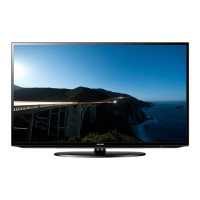



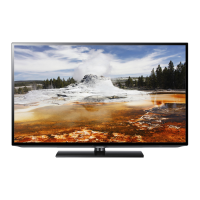
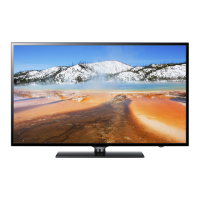

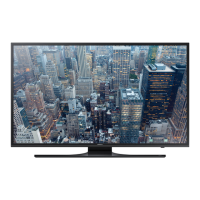
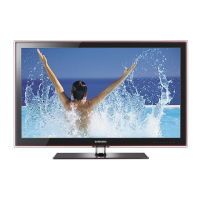
